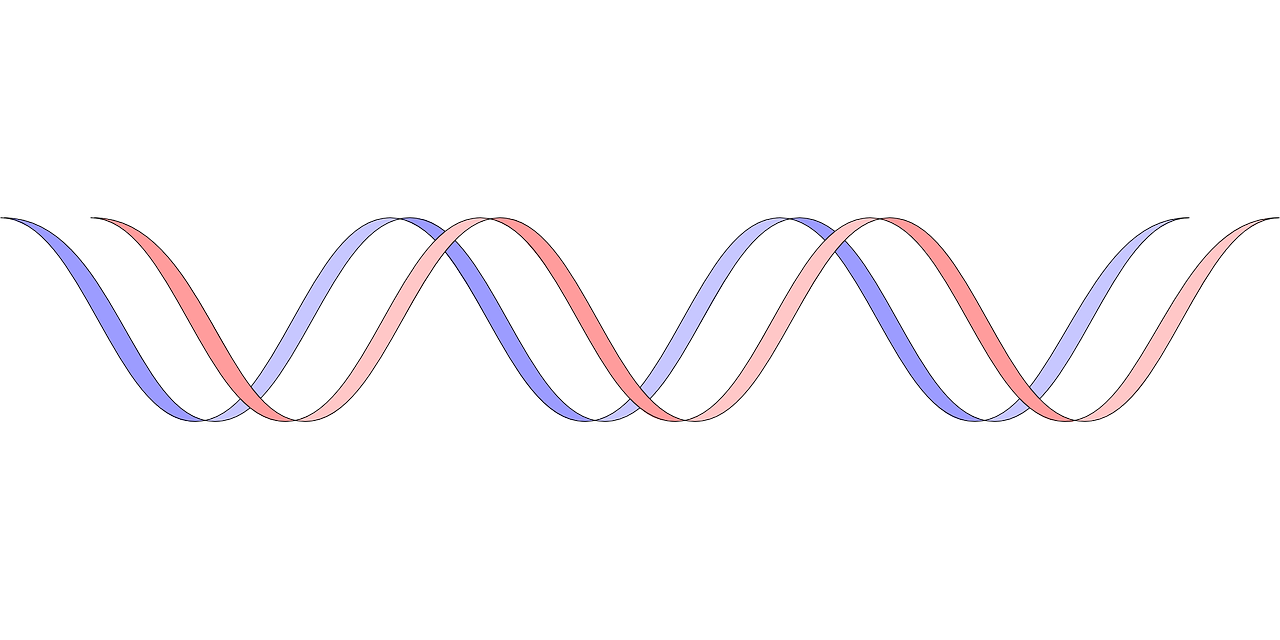Air pollution is a serious problem in the capital of India, Delhi, and vehicular traffic is generally thought to be the main culprit. But a new study done in the national capital has found that traffic density alone doesn’t have much impact on the amount or intensity of air pollution in the city. There are other environmental factors which play a vital role.
The study, conducted during implementation of traffic rationing policy – popularly known as `Odd-Even Scheme’ – implemented from January 1 to 15, 2016, found that there was hardly any impact on the characteristics and concentration of major air pollutants – particulate matter 2.5 (PM 2.5) and black carbon.
The average mass concentration of PM 2.5 and black carbon during the traffic rationing campaign was found to be much higher than expected. The concentration of PM 2.5 was higher than before the scheme was implemented. The average concentration of black carbon was found to be more than before the scheme came into effect as well as after the scheme ended. Both the cases show results, which are against the expectation of a decrease.
The PM 2.5 concentration was 163.51 microgram per cubic meter before, 186.98 micrograms per cubic meter during and 197.45 micrograms per cubic meter after the campaign. The concentration of BC was 14.01 microgram per cubic meter before, 19.87 micrograms per cubic meter during and 17.79 micrograms per cubic meter after the scheme ended.
The unexpected results seem to be on account of lack of wind, low humidity and a probable rise in the use of non-maintained vehicles during the campaign period.
“The daily variation in meteorological parameters makes it very difficult to delineate the effect of traffic density on PM concentration. Although there may be a reduction in the level of few pollutants, the decrease in the number of vehicles was not sufficient to make a visible change in PM characteristics over Delhi,” the study has concluded.
The positive impact was seen in terms of reduction in the concentration of some harmful chemical elements like arsenic, copper, lead, phosphorus, magnesium, calcium, silica, sodium, chlorine, potassium, chromium and iron.
These elements when inhaled for very long periods are known to cause many diseases in both humans and animals. Lead, for instance, is a known neurotoxin and is believed to cause adverse effects on pregnant women and children.
“An important aspect of the study is that it has highlighted the significance of surface winds in controlling air quality. The fact that winds do not blow much in Delhi means that we might need to rethink our urban construction planning. More extensive studies are needed in this direction to understand the dynamics and patterns of air pollution in local as well as broader context,” Prof A.P. Dimri, a member of the research team, explained while speaking to Indian Science Wire.
Delhi particularly suffers from high levels of particulate matter (especially PM 2.5) and black carbon. PM 2.5 refers to atmospheric particulate matter, which has a diameter of fewer than 2.5 micrometers – about 3% the diameter of a human hair. Such extremely small sized particulate matter tends to stay longer in the air than heavier particles, thereby increasing the chances of humans and animals inhaling them.
The PM 2.5 directly enters living tissues through lungs, causing several respiratory and cardiovascular diseases. Black carbon is the sooty black material emitted from diesel engines of vehicles and holds a large portion of particulate matter in itself.
The research team included Vikas Goel, Sumit Kumar Mishra, Ajit Ahlawat, N. Vijayan and R.K. Kotnala, Chhemendra Sharma and S.R. Radhakrishnan (Environmental Sciences and Biomedical Metrology Division, National Physical Laboratory), besides Dr. Dimri, who is from School of Environmental Sciences at JNU.
The study results have been published in the journal Current Science. (India Science Wire)
By Rayies Altaf
If you liked this article, then please subscribe to our YouTube Channel for the latest Science and Tech news. You can also find us on Twitter and Facebook.



